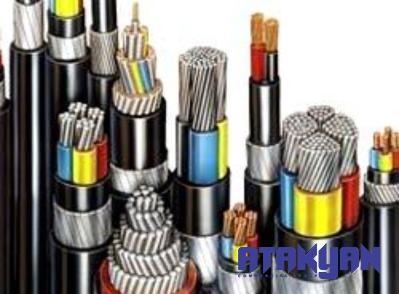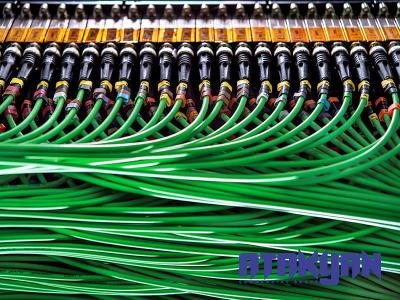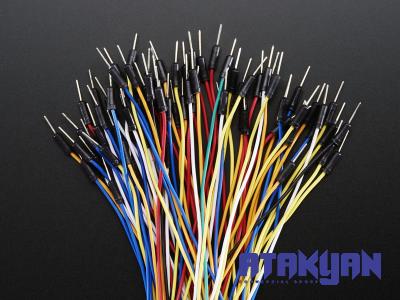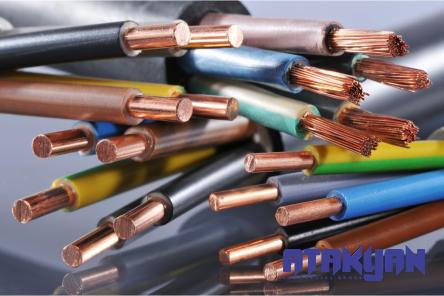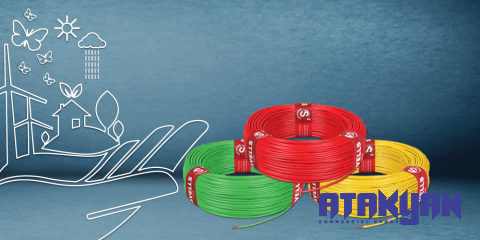Exploring the Different Types of Stainless MIG Wire: A Comprehensive Guide
Introduction (approximately 60 words)
When it comes to welding, using the right type of MIG wire can make all the difference. In particular, stainless MIG wire is favored for its corrosion resistance, versatility, and durability. However, with various types available, it is essential to understand the differences between them to select the most suitable option for your welding needs. This article aims to discuss the types of stainless MIG wire, buying considerations, and price ranges associated with each type.
Types of Stainless MIG Wire (approximately 200 words)
1. 304 Stainless Steel MIG Wire: This general-purpose stainless MIG wire is the most commonly used due to its excellent weldability, stable arc characteristics, and resistance to corrosion in a wide range of environments. It is suitable for welding a variety of stainless steel grades, including 301, 302, 304, and 304L.

2. 308L Stainless Steel MIG Wire: Specifically designed for welding 304 and 304L stainless steels, 308L MIG wire offers enhanced levels of corrosion resistance and crack resistance. It is well-suited for applications that require excellent appearance and resistance to intergranular corrosion.
3. 316L Stainless Steel MIG Wire: With a higher nickel content than 304 stainless steel, 316L MIG wire provides superior corrosion resistance in more aggressive environments. It is commonly used in marine, chemical, and food processing industries where exposure to saltwater, chemicals, and extreme temperatures is expected.
4. 309L Stainless Steel MIG Wire: Ideal for welding dissimilar metals, 309L MIG wire is typically used to join stainless steel to carbon steel. It exhibits excellent resistance to scaling and corrosion, making it suitable for high-temperature applications.
5. 310 Stainless Steel MIG Wire: Best utilized for high-temperature applications, 310 MIG wire offers exceptional oxidation resistance at temperatures up to 2100°F (1149°C). It is commonly used in the heat-treating, furnace, and petrochemical industries.
Buying Stainless MIG Wire (approximately 200 words)
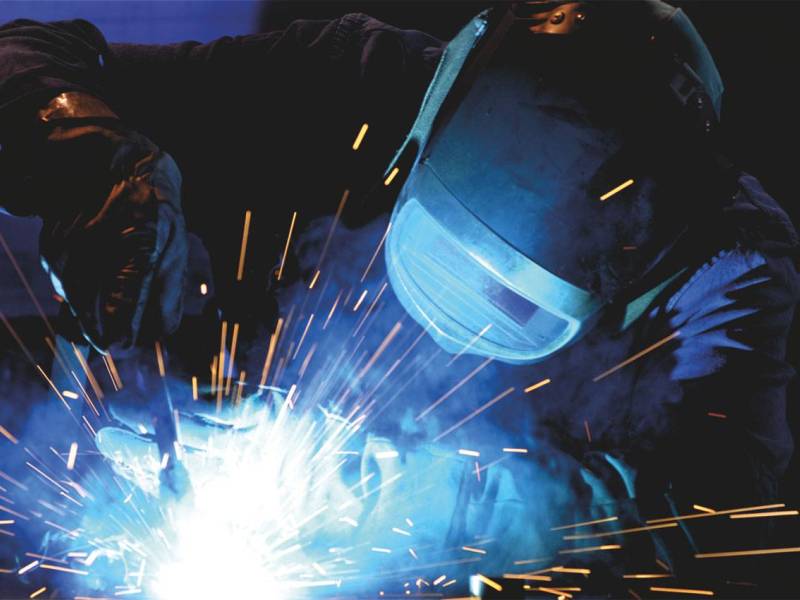
When purchasing stainless MIG wire, there are a few key factors to consider:
1. Application: Understand the specific requirements of your project. Different types of stainless MIG wire are specifically engineered for various applications, like food processing, marine environments, or high-temperature operations. Choose wire that aligns with your project needs.
2. Wire Diameter: Stainless MIG wire comes in various diameters, typically ranging from 0.023 inches to 0.045 inches. Consult the manufacturer’s recommendations and welding parameters to determine the appropriate wire diameter for your welding application.
3. Packaging: Stainless MIG wire is available in spools or larger spools known as drums. Consider the volume of welding you anticipate to determine the appropriate packaging size. Smaller spools are suitable for lighter projects, while drums are more cost-effective for heavier applications.
Price of Stainless MIG Wire (approximately 140 words)

The price of stainless MIG wire varies depending on the type, diameter, quantity, and brand. Generally, higher-quality wires tend to be more expensive, but they offer better performance, accuracy, and durability. The cost of stainless MIG wire ranges from $10 to $50 per pound, with certain specialty wires commanding higher prices.
It is important to strike a balance between cost and quality when selecting a stainless MIG wire. Choosing a reputable brand and ensuring that the wire meets industry standards will ensure a high-quality weld and reduce the chances of rework.
Conclusion (approximately 60 words)
Choosing the right type of stainless MIG wire is crucial for achieving strong and reliable welds. Consider the specific requirements of your application, such as corrosion resistance, temperature stability, and appearance, when selecting the appropriate stainless MIG wire. By understanding the types, buying considerations, and price range associated with each type, you can make an informed decision that maximizes both performance and value.By taking the time to familiarize yourself with the various types of stainless MIG wire available, you can ensure that you make the best choice for your welding needs. Whether you are working on a small project or a large-scale industrial application, selecting the right type of wire can significantly impact the quality and longevity of your welds.
When it comes to purchasing stainless MIG wire, it is advisable to consult with a reputable supplier or manufacturer who can provide guidance based on your specific requirements. They can help you determine the most suitable type of wire for your project, taking into consideration factors such as the type of stainless steel being welded, the expected environmental conditions, and the welding parameters involved.

While cost is an important consideration, it is crucial not to compromise on quality. Cheaper wires may have lower-quality materials or inconsistent manufacturing processes, which can lead to subpar welds and potentially costly rework. It is essential to strike a balance between quality and price to ensure that you are getting a reliable product that meets industry standards.
In conclusion, choosing the right type of stainless MIG wire is essential for achieving strong, durable, and corrosion-resistant welds. Understanding the different types available, considering your specific application requirements, and working with a reputable supplier will enable you to select the most suitable wire for your welding projects. By investing in high-quality stainless MIG wire, you can ensure consistent performance, improved weld appearance, and increased project efficiency.



